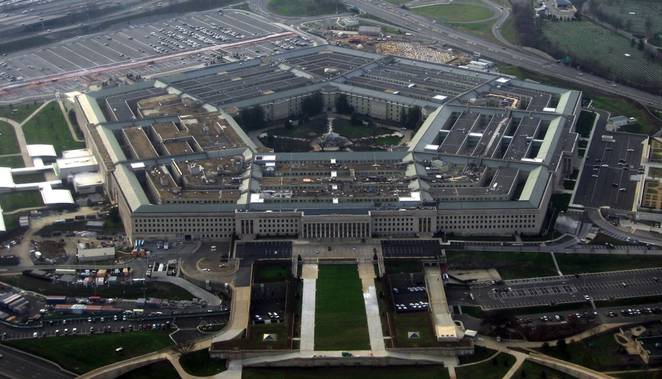Why the U.S. Military is Interested in the Internet of Things
Monday, Nov 16, 2015, 8:00pm
by Semiconductor Industry Association
If you have followed the semiconductor market in recent years, you are probably aware that the Internet of Things (IoT) is estimated to become a major market driver of semiconductor growth, with some forecasting future market growth in the multi-millions of dollars. Indeed, what makes the potential of the IoT market so exciting is that its growth seems to be limited only be one’s imagination of what types of “things” can be connected. However, there is one area that does not get much attention in terms of IoT growth and application: national defense.

Given the boundless potential of IoT, it should come as no surprise that the U.S. Department of Defense and the policy community in Washington, D.C. are asking themselves, “How can the U.S. military better leverage the benefits of IoT technology to improve its efficiency and effectiveness?”
That is precisely the question the Center for Strategic and International Studies (CSIS) has attempted to answer in its recent report: Leveraging the Internet of Things for a More Efficient and Effective Military U.S. Military. The report was released during a CSIS event on Nov. 10, 2015 that included comments from General James E. Cartwright (USMC, ret.) and officials from the Department of Defense, NSA, CSIS, and U.S. industry. The report highlights the benefits that the IoT can bring to large organizations like the U.S. military that manage a large number of assets and coordinate complex and distributed processes. The event discussion also identified certain unique challenges for IoT adaption in the U.S. military context compared to in the commercial space.
So what does the U.S. military’s focus on IoT mean for the semiconductor industry? The short answer is it continues to demonstrate that the military views the industry as strategic and important. We should remember that the impetus for the industry’s creation in the 1950s was U.S. military and space demand, and while commercial markets currently drive the majority of semiconductor end-use, the U.S. military continues to look to the semiconductor industry to enable its critical mission.